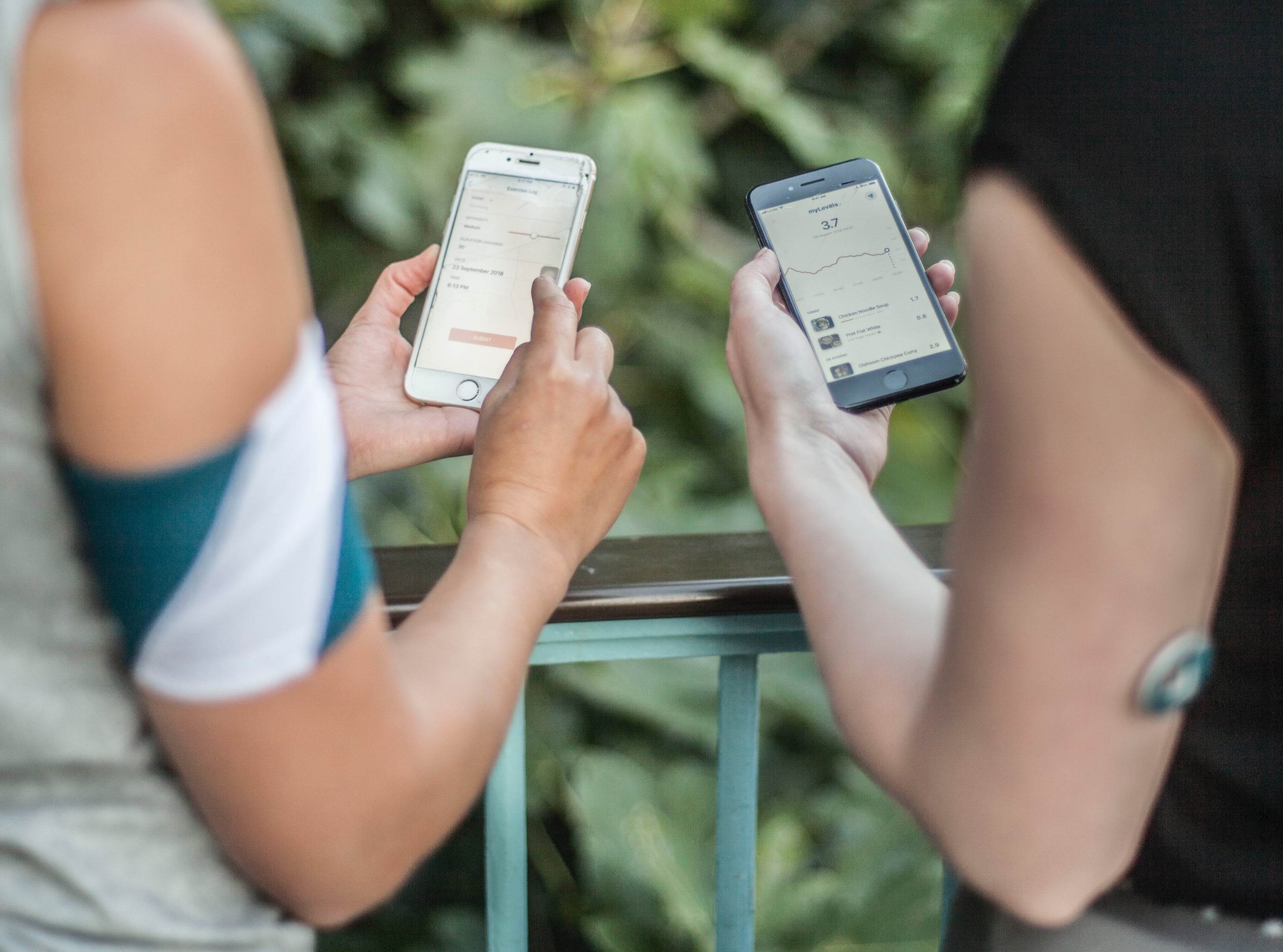Following its expansion from essential medical technology to health optimization tool, CGMs appear to have entered a phase of maturation, where their value is recognized, but the excitement may have waned, Nick Morgan, managing director at nutrition consultancy company Nutrition Integrated, told NutraIngredients.
“I think the hype around CGMs has settled, in that it feels like a trend reported over the last few years but less so today and looking at 2025 and beyond,” he said, noting that this is not a drawback, however.
The previous increase in CGM popularity means they are now widely acknowledged as a crucial tool for understanding blood glucose management, and its value and effectiveness in monitoring and managing blood glucose levels are clear.
Morgan noted that the fact that many people may not fully understand how CGMs work or how they can benefit from using them, especially those who are not diabetic, could be hindering the excitement around them. Furthermore, CGMs can be expensive, which makes them less accessible to a larger population, particularly for those who are healthy and do not see an immediate need for the device.
“As those barriers are addressed, then more people will integrate CGM into their proactive lifestyle,” Morgan said.
The glucose tracking trend
Traditionally, CGMs were primarily used by people with diabetes to manage their blood sugar levels, however, the trend of blood sugar management has gained significant traction in recent years.
Public awareness has shifted, and consumers have become aware that blood sugar spikes may impact overall health, energy levels and long-term risks such as cardiovascular disease and collagen degradation.
Ingredients like Phynova’s Reducose, a white mulberry leaf extract, have been designed to reduce post-meal glucose spikes. Public-health-figure-turned-brand-owner Jessie Inchauspé, also known as “The Glucose Goddess”, was key in the glucose management movement with the publishing of her book “Glucose Revolution” in 2022 and also now formulates her recently launched supplement range using Reducose.
The Zoe app has also influenced the popularity of glucose monitoring among individuals without diabetes. Its personalized nutrition program incorporates CGMs with the aim of helping users understand their unique metabolic responses to various foods. In one study, the research team from Zoe concluded that CGMs are valid tools for precision nutrition.
The concern of overtracking
While approaches like these broadened the appeal of glucose monitoring to a wider audience interested in optimizing their dietary habits, as popularity grew, some experts cautioned that this practice may lead to unnecessary health concerns or even disordered eating behaviors, as individuals might become overly focused on controlling blood sugar spikes.
Alex Glover, formerly nutrition development lead at Holland & Barrett, previously told NutraIngredients that as consumers look for increased personalization, the industry must be careful not to scare them into believing they need to track everything.
“I get a little bit concerned about over-personalization sometimes,” he said. “I’m seeing a lot of blood glucose monitoring in normal individuals, a lot of aggressive language like ‘spike’ and ‘crash’ being used online, but this can damage people’s relationship with food and nutrition.”
He explained that there is a strong future in personalization but only when the data is relevant. He added that the key will lie in “helping the consumer understand the level of personalization that is appropriate for them” rather than scaring them into cutting foods and taking supplements.
Recent research
In a new study published in the American Journal of Clinical Nutrition, researchers used CGMs to assess postprandial glycemia in healthy individuals.
They compared glycemic responses measured by CGM and capillary sampling after participants consumed various test foods and drinks.
A group of 15 participants attended seven laboratory sessions in a randomized crossover design, with at least 48 hours between visits. Each session involved consuming specific carbohydrates, and researchers recorded glucose levels from both CGM and capillary samples every 15 minutes for 120 minutes. They also examined individual differences in CGM accuracy and whether adjusting for baseline differences improved CGM accuracy.
Results showed CGM frequently overestimated glycemic responses, sometimes mischaracterizing the GI. Individual variability further affected CGM fasting glucose accuracy.
“Caution should be applied when inferring absolute or relative glycemic responses to foods using CGM,” the researchers wrote.
Another new study conducted by researchers from Greece explored the effects of the use of an activity-tracking app in prediabetic and normoglycemic volunteers.
As the authors noted in the journal Nutrients, wearable activity trackers and apps can serve as effective e-coaching tools, helping users monitor physical activity and food intake.
Previous research has also shown that these apps can boost activity levels and improve health markers like body mass index (BMI) by encouraging self-monitoring and goal setting.
Participants used the Google Fit app for three months, which recorded a number of daily steps. Additionally, blood and urine tests and body fat measurements were conducted before and following three months of app use.
Results showed that the use of the Google Fit app significantly improved glycemic control in individuals with prediabetes over three months, despite similar increases in physical activity between prediabetic and normoglycemic groups. The prediabetic participants experienced notable reductions in HbA1c and fasting plasma glucose (FPG), indicating significant glycemic benefits despite similar step count increases across groups.
“The use of activity tracking apps, combined with tailored activity goals and monthly supportive phone calls, may contribute to improved glycemic control in prediabetic participants,” the researchers wrote in the journal Nutrients.
They concluded that digital tools could clearly have a positive role in managing prediabetes, above the effects of activity trackers and glucose monitors among healthy individuals.

